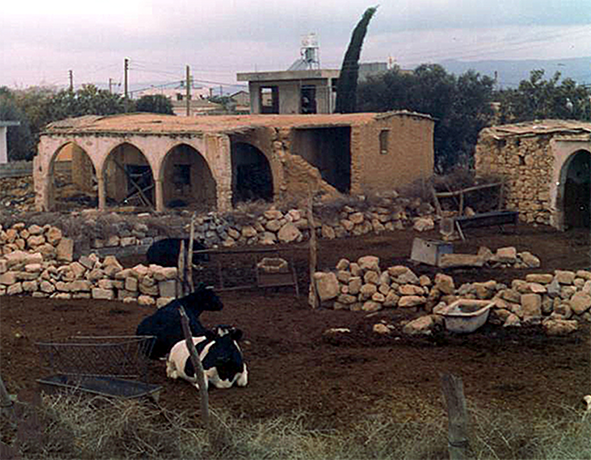
VORTRÄGE
 |
|
Der Fachbereich Baugeschichte::Bauforschung der Technischen Universität Wien und das IVA – Institut für Vergleichende Architekturforschung laden Sie in Kooperation mit der Fatih Sultan Mehmet Vak?f Üniversitesi und dem Yunus Emre Enstitüsü - Türkisches Kulturzentrum Wien herzlich zu folgendem Vortrag ein, im Rahmen der Vortragsreihe
Vernakuläre Architektur in Anatolien
Zeit:
Donnerstag 17. Dezember, 19:00 Uhr
Ort:
TU Wien
Hörsaal 14a, Stiege 3, 3. Stock
1040 Wien, Karlsplatz 13
Ibrahim Numan
A Conversation on Cyprus Vernacular Architecture

Contemporary debate denotes the importance of migratory flows in understanding of place identity of the Urban Vernacular architecture of Cyprus.
Throughout human history, patterns of human movement reflect the conditions of an ever-changing world and, in turn, influence the cultural landscapes of the places they leave and the places they settle. In this regard, the clues of the past, present, and future of that place and generations of its people are traced to identify those cultural imprints and markers. All mainly include ethnic fabric, spoken languages, religious institutions, traditions and the architecture.
Understanding of the past gains importance by reading meanings and uses behind existing and non-existing forms of urban vernacular, by decoding memories upon experiences and so by mapping meanings in the cultural landscape of the towns.
The impacts on the urban vernacular of Cyprus can easily be observed in Nicosia old town. Firstly, the city-shape of Nicosia, which defined the limits of the city through a geometrical approach, is conveyed by the Renaissance enceinte. Secondly, the street pattern established in the Lusignan period exhibits medieval characteristics which were later amended and structured by Turkish-Islamic urban concerns. In contrast with ideal city images of the Renaissance era, an organic street pattern was maintained throughout the city’s history. Finally, historic Nicosia became a typical Ottoman city embedded within a post-medieval walled Latin city with its prevailing house form which are entirely derived from the Ottoman urban vernacular.
In conclusion Cyprus establishes a good case in observing the ever changing vernacular architecture.